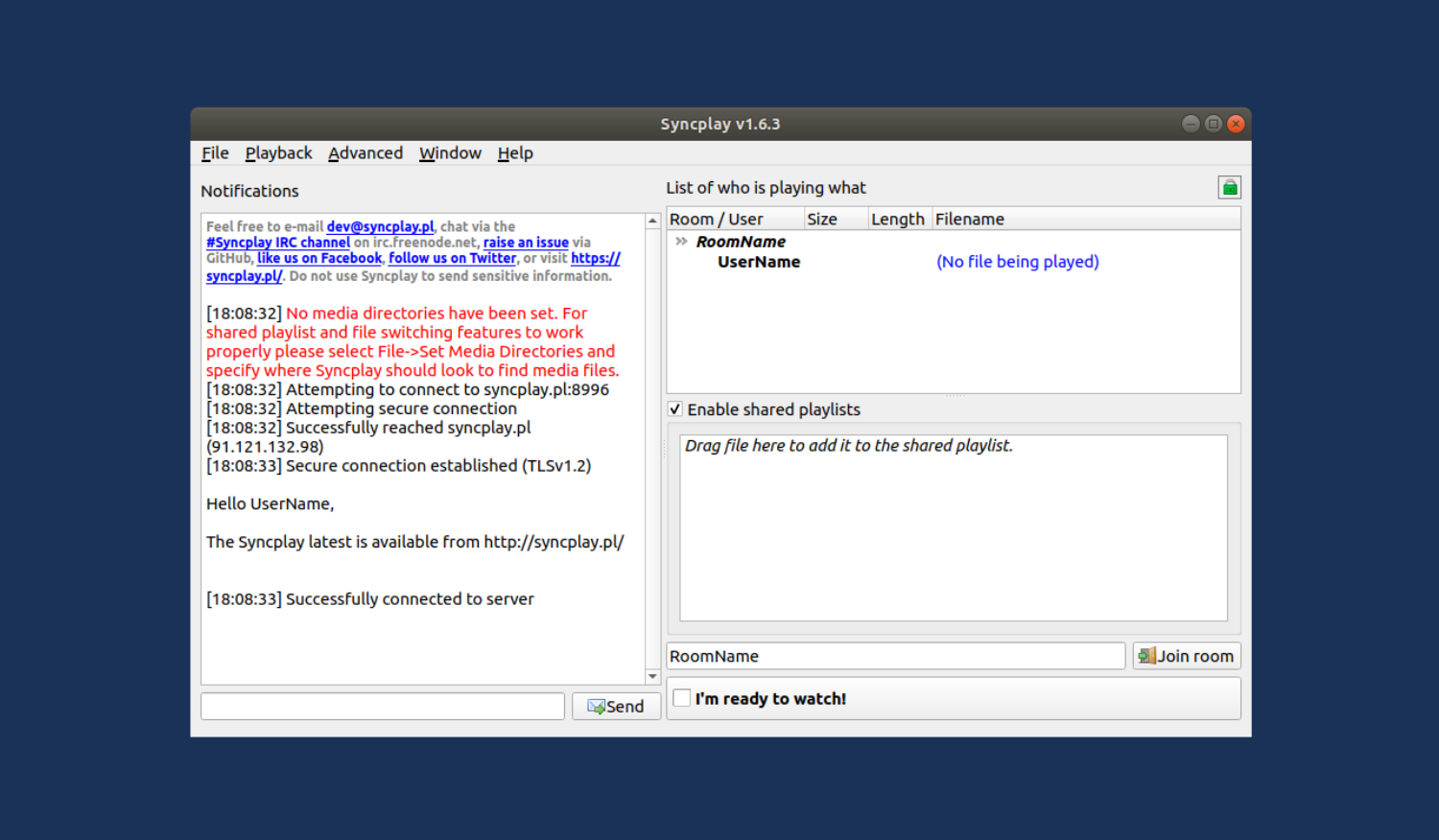

These rates, which range from 0% to 23.8%, are based upon your marginal income tax rate. If you own the home for at least a year and a day, they qualify for treatment as long-term capital gains rates. This is the same as your ordinary income rate. If you've owned your home for a year or less, the IRS will treat your gain will be treated as short-term capital gain. Capital gains are either short term, or long term in nature, and depend on how long you've owned the home. If your sales price is more than your basis and your selling expenses, then you might realize capital gains.

IRS Publication 523 contains more details. Normally, the IRS would require you to sell by 2010, but with the 10 year suspension, you can sell by 2020 and still meet the use requirements. In 2007, you receive orders to move outside of your permanent station. This is an important consideration for your transition.įor example, you buy a home in 2005, then live in it until 2007. Keep in mind, this only applies if you meet the criteria for ‘qualified extended duty.' If you end up moving back within 50 miles of the house, or are no longer on active duty, this clause is no longer in effect.

When combined with the 5 year test period, ‘stop the clock' can encompass up to 15 years. Since PCS moves are a normal part of military life, IRS Publication 523 contains a specific clause for military personnel, referred to in IRS Publication 523 as “ stop the clock.” What this means is that you can suspend the two year use requirement for up to 10 years if you are on qualified active duty & ordered to move at least 50 miles from your residence. This requirement applies even if only one person meets the ownership requirement to qualify for the $500,000 exclusion. If you're married filing jointly, the use requirement applies to each of you. Use requirement: If the home was your primary residence for at least 730 days of the previous 5 years, you meet the use requirements. Ownership requirement: If you owned the home for at least 24 months of the 5 years leading up to selling your home, you meet the ownership requirement. Under Section 121, the IRS allows a taxpayer to exclude the first $250,000 of capital gain ($500,000 for married couples filing jointly) on the sale of their primary residence if they meet certain ownership and use requirements. You can find a comprehensive list of what can & cannot be included in selling expenses or basis calculation, you can refer to the IRS Publication 523, ‘Selling Your Home.' This publication is user-friendly and available online. The IRS makes a clear distinction between repairs that are a normal part of keeping a home in good condition (such as repairing leaks), and an improvement (such as replacing the plumbing system). Fees incurred during home closing (such as title insurance, legal & recording fees, or survey fees).Do not include city & county property tax, but do include transfer taxes, if applicable. You should comb through your closing documents to make sure you’ve properly accounted for all selling expenses. Proper calculation of selling expenses & basis could mean the difference of thousands of dollars in tax liability. Since you already know the sales price, you need to calculate two things: selling expenses & basis. Sales price – selling expenses – adjusted basis. According to the IRS, the basic formula for calculating your realized gain is: When selling your home, or any real estate, the IRS definition of realized gain means a lot of things you might not have considered. #1: Realized gain from selling your home.


 0 kommentar(er)
0 kommentar(er)
